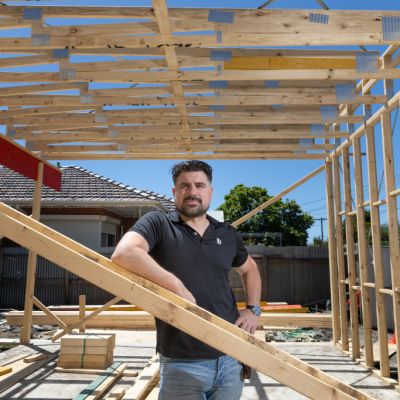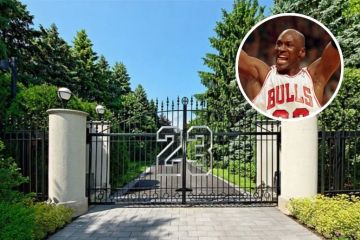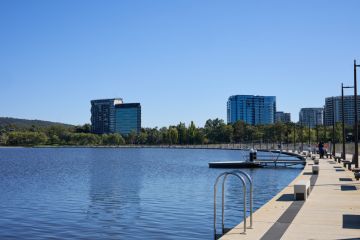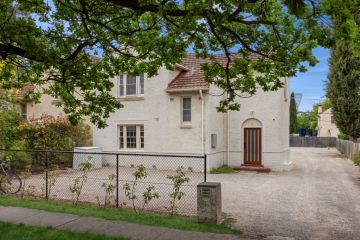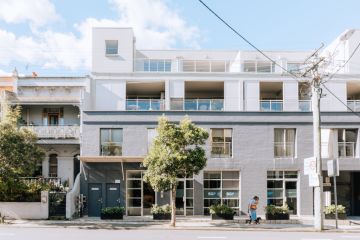Where luxury properties are on offer for ‘great value’
Luxury property prices have started picking up again in the two largest capital cities after earlier trading sideways, new figures show.
But the gains in Sydney and Melbourne have been modest over time compared to the boom in some prestige coastal markets and smaller capitals, making the two largest markets relatively good value.

Luxury house prices, defined as the top 5 per cent of the market, have recovered as interest rates have fallen and coastal markets have become more expensive, making major cities look like relative value for well-heeled buyers.
Sydney luxury house prices rose 6 per cent between 2024 and 2025 after rising 2 per cent from 2023 to 2024, research from Neoval, backed by Ray White, found.
Melbourne luxury house prices rose 5 per cent from 2024 to 2025, compared with a 1 per cent fall between 2023 and 2024.
Ray White senior data analyst Atom Go Tian said luxury prices in the two largest cities jumped in 2021 when rates were at near-zero and property markets boomed, then lost momentum when rates rose.
He thought the recent rises were due to the reduction in lifestyle migration and sea-changing, the buoyant equity market until recently which had built wealth for affluent home buyers, especially in Sydney, and the relative value on offer in the cities now, especially in Melbourne.
Houses in the top 5 per cent of Melbourne’s market now cost $2.6 million and up, he found – cheaper than the upper end of the Gold Coast or the Sunshine Coast. Five years ago, it was more expensive to buy a luxury house in Melbourne than either of the coastal south-east Queensland markets, and he thought the relative value was attracting buyers who had flexibility in where they lived.
For Sydney, a house at the top 5 per cent of the market costs $4.5 million – the most expensive city. But in 2020, Sydney top-end homes cost about twice as much as the Gold Coast or Sunshine Coast, and now they cost closer to 1.5 times as much, he said.
“Both Sydney and Melbourne stagnated over the past three years while the other cities grew more,” he said. “Sydney is more expensive – it’s less relatively expensive than it was five years ago. It’s a good deal for luxury buyers … [and] Melbourne definitely is great value at the moment.”
He thought that the rising stockmarket had increased buyers’ net worth and improved their prospects of buying top-end homes.
“Sydney and Melbourne are coming along with the trend rather than being left behind the other cities,” he said.
But he also thought that the same buyer pool is being allocated different to pre-pandemic, as the luxury property market used to be centralised in Sydney and Melbourne, and has since become more decentralised.
Overall, luxury house prices over the past five years have risen 35 per cent in Sydney and 17 per cent in Melbourne.
But the gains are modest compared to Brisbane (up 77 per cent over the same time period), Perth (up 76 per cent), Adelaide (up 73 per cent), the Gold Coast (up 72 per cent) and the Sunshine Coast (up 68 per cent).
PRD chief economist Diaswati Mardiasmo, who was not involved in the research, thought three cash rate cuts this year had supported the high-end property market by reducing mortgage repayments.
“Buyer demand has definitely increased, we have seen quite a lot of people wanting to upsize or people who were living in Sydney able to capitalise on the money they’ve made and made the move to Melbourne or Brisbane,” she said.
“Prices in the Gold Coast and Sunshine Coast have definitely gone through the roof,” she said. “The amount of houses that are being approved, that are being build in the Gold Coast and Sunshine Coast is almost zero,” or in the low hundreds, she added.
“Houses in the Gold Coast are closing in to $3.5 million in really nice areas with views and the competition is really fierce.”
The research comes as the residential building industry peak body forecasts an increase in building starts next year.
A total of 112,350 detached houses will have started construction by the end of 2025, set to rise by 8.7 per cent next year, the Housing Industry Association National Outlook report found.
Among multi-unit dwellings, just over 61,000 homes began construction last year, which the HIA said was barely half the volume of 2016 and perhaps a third of the volume necessary to build 1.2 million new homes over five years.
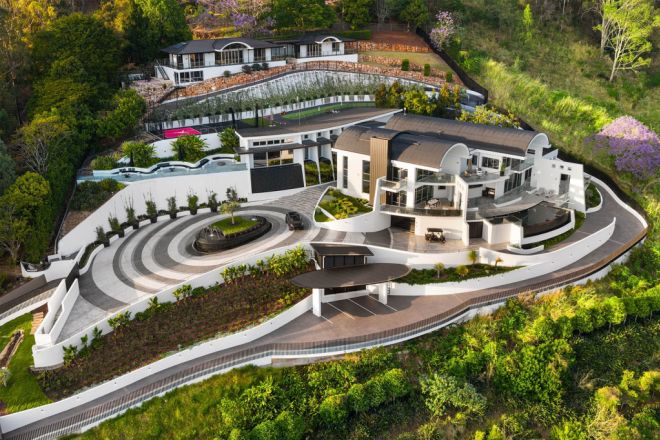
A total of 74,290 multi-unit dwellings will have started construction this calendar year, set to rise by 6.5 per cent next year, the report said, and another 12.5 per cent in 2027.
Multi-unit starts are expected to reach 100,000 in the 2030s, the report found.
We recommend
We thought you might like
States
Capital Cities
Capital Cities - Rentals
Popular Areas
Allhomes
More
- © 2025, CoStar Group Inc.
